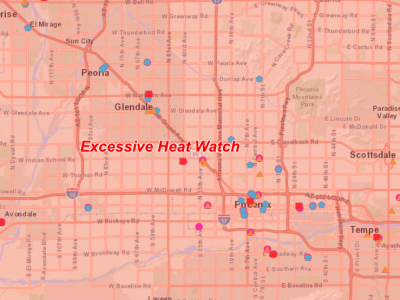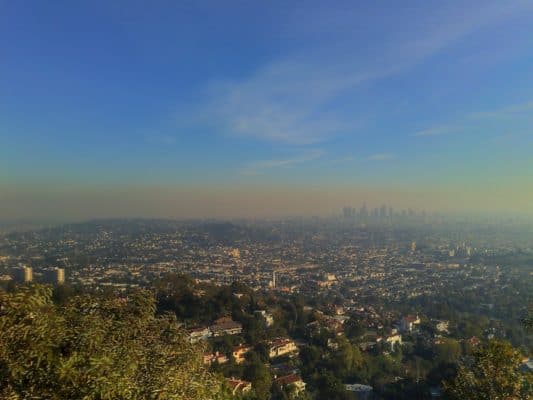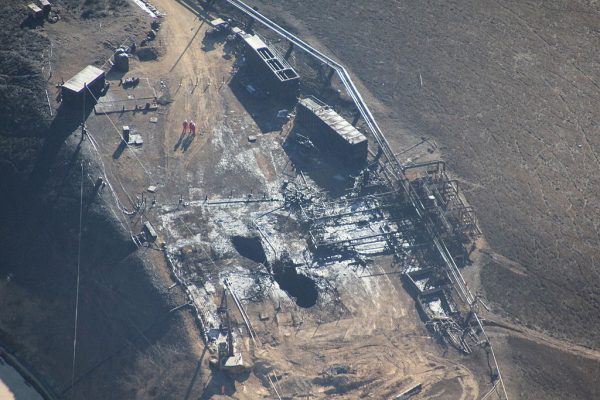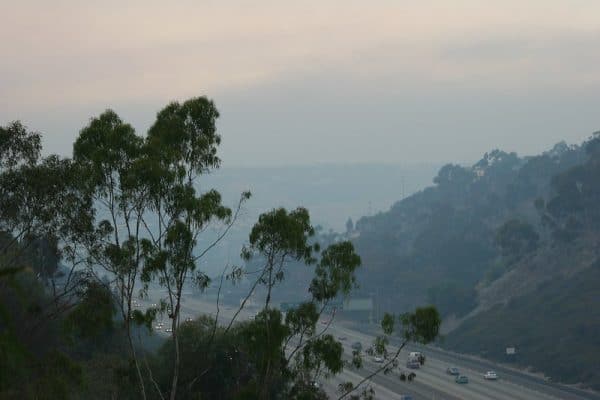HIGHLIGHTS
- We studied factors that reduced mortality rates on extreme heat days.
- Access to cooled space like libraries and shopping malls lowered heat-illness deaths.
- The capacity of buildings to remain cool did not affect deaths.
- Deaths decreased in neighborhoods where there were more older females living alone.
ABSTRACT
In an extreme heat event, people can go to air-conditioned public facilities if residential air-conditioning is not available. Residences that heat slowly may also mitigate health effects, particularly in neighborhoods with social vulnerability. We explored the contributions of social vulnerability and these infrastructures to heat mortality in Maricopa County and whether these relationships are sensitive to temperature. Using Poisson regression modeling with heat-related mortality as the outcome, we assessed the interaction of increasing temperature with social vulnerability, access to publicly available air conditioned space, home air conditioning and the thermal properties of residences. As temperatures increase, mortality from heat-related illness increases less in census tracts with more publicly accessible cooled spaces. Mortality from all internal causes of death did not have this association. Building thermal protection was not associated with mortality. Social vulnerability was still associated with mortality after adjusting for the infrastructure variables. To reduce heat-related mortality, the use of public cooled spaces might be expanded to target the most vulnerable.
Link to full article: https://doi.org/10.1016/j.healthplace.2016.08.007







